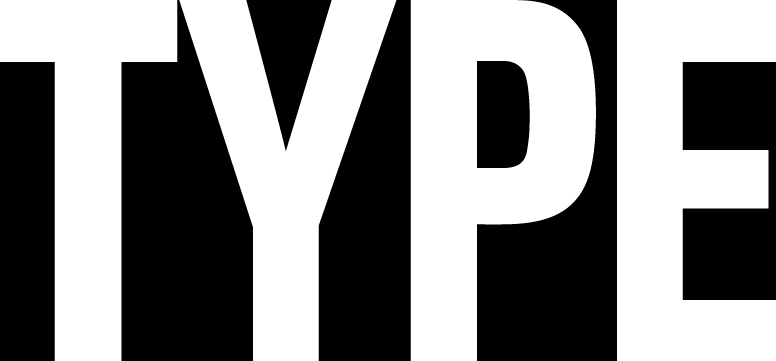Celebrate Futura’s 90th birthday
Every typographer can identify Futura’s geometric curves from miles away. Over the years since Paul Renner designed Futura, designers have put it to use on fashion bags, book covers, event posters, lunar plaques, and everything in between. Now, on the typeface’s 90th birthday, the Gutenberg Museum in Mainz has collaborated with publisher Laurence King to produce Futura: The Typeface, an impressively deep, broad, and aesthetic tome on the essential font of the future.
The book takes the reader on a tour of Futura’s use, visiting eight cities (plus the moon) to show not only the visual applications of Futura but also the stories and impact surrounding its history. Through vivid photosets and a substantial series of essays, editors Petra Eisele, Annette Ludwig, and Isabel Naegels craft a comprehensive examination of the seminal typeface. The photographs featured in Futura: The Typeface faithfully document pieces from the Gutenberg Museum, which “acquired about 2,000 typeface specimens from the estate of the book designer Philipp Bertheau (1927–2009) in 2010.” The breadth and attention to detail is staggering—even the “original [Futura] drawings” include a footnote explaining that they were taken from a 1938 Denis Megaw article and that the true originals from 1924 were probably lost in 1944 during the bombing of Frankfurt-Bockenheim. The extensive documentation adds welcomed depth to what could, at first glance, be written off as visual indulgence; each photo seems to illustrate a point or lead to some little-known fact.
Made for those who both adore and use type, Futura: The Typeface dedicates its final 140 pages to the anatomy of Futura itself. While several essays throughout the book touch on Renner’s aesthetic motivations and influences, the final section, Futura, The Typeface in Detail, deconstructs the eventual versions of his work. In the eleven-page chapter Anatomic details, the readers see what makes Futura Futura, including an explanation of why it’s difficult to classify Futura. Most think of it as a geometric sans serif, but for various reasons, including Renner’s intention and the face’s proportions, one might call it a humanistic grotesque, while others might simply call it monoline. This section also debunks the common misconception that Futura was built from completely true circles, rectangles, and triangles—showing instead the painstaking optical corrections Renner employed to make Futura appear purely geometric.
The 40+ included essays and section introductions truly set Futura: The Typeface apart. Those expecting a book that’s pleasant to look through but ultimately vapid are in for a surprise. Thanks to the abundant photographs, one could own the book and happily not read it . . . but they really should. Essay topics include Searching for the typeface of our time, Munich as a centre for typography 1926–1933, How did Futura get to the moon?, and Paul Rand and Futura, among others. Contributors include Steven Heller, Erik Spiekermann, Christopher Burke, et al. Needless to say, those interested in type will be beyond interested to read these essays.
Aesthetically, Futura: The Typeface does its content justice. The 520-page volume features 500 rich illustrations on a variety of colored papers (don’t worry, when it matters, the paper is white), the type is crisp and set well, and from the outside, it’s a pleasure to look at. As explained by Dr, Annette Ludwig, the Director of the Gutenberg Museum, the designers selected colors for the book based on what the typeface represented and how it was used—“a shiny metallic silver [and] the pastel shades of some of its contemporary applications[.]”
The photographs and essays combined in an eye-catching shell produce a tome that lives equally comfortably on a coffee table, bookshelf, or curriculum. For those interested in typography, Futura: The Typeface might be your next book purchase.
LINKS
Futura: The Typeface page on Laurence King's website
Amazon page for Futura: The Typeface
Gutenburg Museum Facebook page
Laurence King website


















